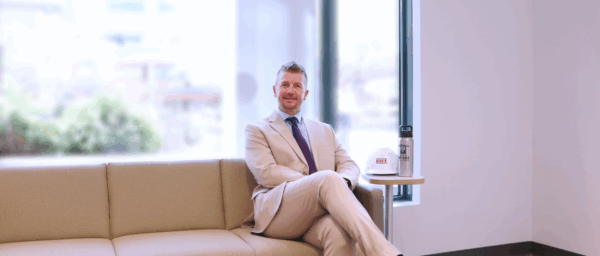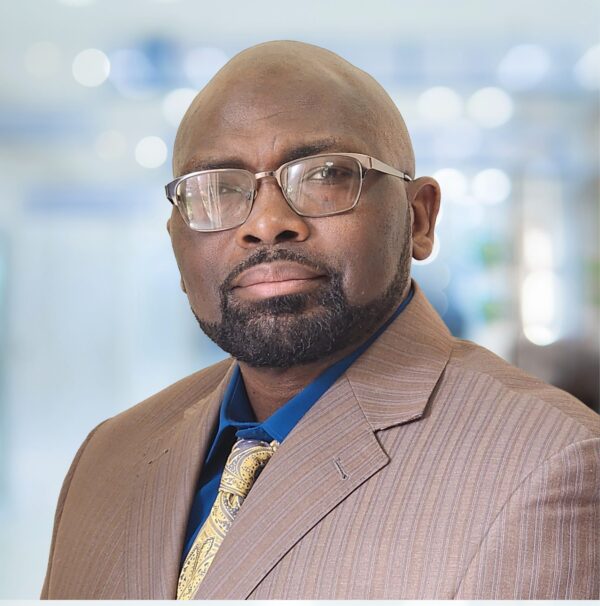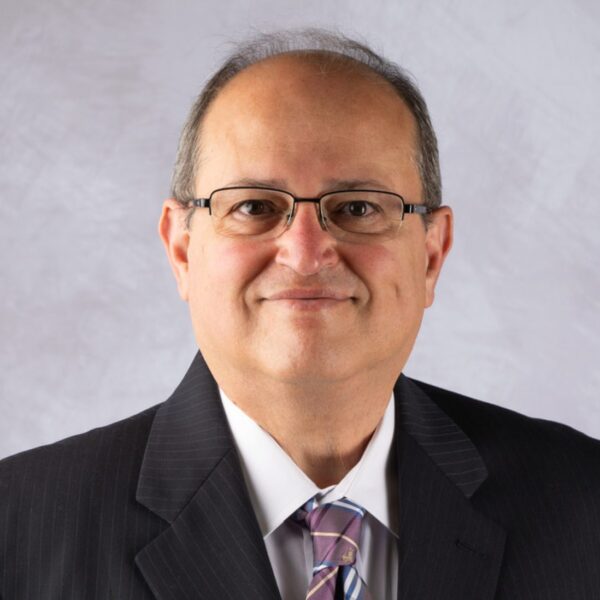

“The combination of demographic trends, the shift to decentralized delivery, and advances in treatment and IT, is driving healthcare growth across the U.S.,” explains Hill Senior Vice President Todd Cooper, PE, LEED AP, CCM. “For us in Hill’s Ohio offices, as well as across the Midwest, this is especially true.”
Mr. Cooper cites Hill’s current healthcare assignments with Trinity Health, the Allegheny Health Network, Mount Carmel Health System, OhioHealth, and The Ohio State University as examples of the sector’s explosive growth in the Midwest. “For Trinity and Allegheny alone,” says Mr. Cooper, “we are supporting dozens of projects in Ohio, Michigan, and Western Pennsylvania. Add in our work for other healthcare-related clients in the region like Philips North America and it’s obvious healthcare is a booming market for us.”
The data supports Mr. Cooper’s observations. Hill has managed more than 125 healthcare projects in the Midwest (including work in Texas, where healthcare is also thriving) over the past 5 years, totaling more than $450 million in project value. Hill’s growth in Ohio has been led by the efforts of Vice President of Business Development Mark Welling, who reports on the boom: “Hill had very little work in the region beforehand—we had nothing at all in Ohio. But we stepped in at just the right time to develop all these relationships with major clients in the market and it’s really paid off for everyone.”
And, according to industry monitor BioEnterprise, healthcare growth shows no signs of slacking: in 2018, investment in Midwest healthcare totaled $2.5 billion, representing a 40% increase over a 5-year period. Ohio led all Midwest states for the number of healthcare companies receiving funding, with a total of 121. On a metropolitan basis, the Midwest regions with the highest investment totals also included 2 markets where Hill is already strong: Cleveland ($294 million) and Columbus ($163 million) in Ohio, and 1 where Hill is steadily growing: Detroit-Ann Arbor ($125 million) in Michigan. In 2017, Allegheny Health Network, for example, announced plans to invest more than $1 billion in Western Pennsylvania and is well on its way to realizing this figure. The Network has already invested over $200 million in Oncology alone.
Adrienne Sraver, CCM, Project Manager for the Hill team managing a renovation and upgrade at The Ohio State University’s Wexner Medical Center, says of the sector’s growth: “On the project level, we’re seeing things like increased patient focus and more integrated use of IT. For us, it means emphasizing patient needs. If we are monitoring work in an occupied facility, we make sure any stressors are kept away from the patients and that the experience is kept as calm and supportive as possible. This means careful review of staging and logistics, work windows, and noise and vibration limits.”
Therese Shearer, PE, concurs, adding: “For a new facility, access to natural light, sound-absorbing materials, and privacy considerations, in addition to infection control, information technology, and air quality, must be integrated into the facility. If you add them on after the fact, you’re going to delay the work and spike costs. As healthcare IT, including virtual healthcare, becomes more intricate, this is especially true. We can’t have any glitches when a healthcare facility starts up; it has to operate at 100% from day one.”
Mr. Cooper, Mr. Welling, Ms. Sraver, Ms. Shearer, and other Hill healthcare experts across the Midwest work with facility managers, architects, and engineers to verify that designs put patients first. Hill’s expertise with the latest trends in healthcare finishes, fixtures, and equipment, as well as with the installation and maintenance of cutting-edge HVAC and air filtration systems, helps ensure any healthcare project is planned and delivered with the patient in mind.
“The move to decentralized facilities is perhaps, from an economic standpoint, our biggest driver,” says Mr. Cooper. “Today’s [patient] experience often involves specialized, targeted facilities rather than an all-encompassing single hospital. Surgical suites, urgent care, testing and diagnostics, and other services that used to be exclusively provided in hospitals are now offered at smaller facilities. This provides patients with more choices and a greater range of services. However, these decentralized facilities present their own set of risks for owners.”
Explains Ms. Shearer: “Hill can provide a total program, project, and construction management approach for our clients’ decentralized facilities, whether for a single urgent care location or for an entire portfolio of satellite facilities. The benefit to our clients, and their patients, is a tailored approach specific to the drivers of each project, from implementing best practices across a dozen suburban locations to inspecting and commissioning a single surgical suite in a medical office building.”
Mr. Cooper agrees, explaining that Hill’s teams are what make the region’s healthcare projects so successful. “Over time, people like Mark Welling have built up a group of professionals who understand both the sector’s nuances and constraints and the local markets, conditions, and circumstances. With project managers of this caliber, who know the communities and clients we serve firsthand, we can help the healthcare industry realize its growth successfully.”
Mr. Cooper continues, “Columbus is different than Detroit, and a suburban outpatient facility in Shaker Heights is different than a hospital addition in downtown Cleveland. But our teams know the opportunities each of these projects bring, and how to manage them safely, on time, and within budget.”
The healthcare sector both in the Midwest and across the U.S. is certain to continue to grow, and Hill is well-positioned to benefit from this growth with a combination of local talent and global sector best practices. “The relationships we’ve formed and sustained are very strong,” says Mr. Welling, “and I think Allegheny, Trinity, OhioHealth, and the rest of our partners will continue to trust our excellent teams to execute their projects successfully.”
“It’s exciting,” says Ms. Sraver. “And it’s important. We’re helping people get, and stay, healthy. It’s hard to think of a kind of project that matters more.”
Share

June 23, 2025 | Articles
Jeffrey Hurley Joins Hill’s Northern California Rail Practice

June 23, 2025 | Articles
Ready, Set, Grow: First VP Chad Koelling Takes Charge of Hill’s Mountain West Region

June 8, 2025 | Articles
PMO in Saudi Arabia: The Holistic Approach to Realizing a National Mega-Portfolio

June 1, 2025 | Articles

May 26, 2025 | Articles

May 12, 2025 | Articles
Keeping Your Water/Wastewater Programs Flowing with Public Relations

April 27, 2025 | Articles
Oiling the Machine: Steps to Successful Permitting on Infrastructure Megaprojects

April 20, 2025 | Articles
Sustainable Scaling: Solutions for Managing Risk on Europe’s Data Center Projects